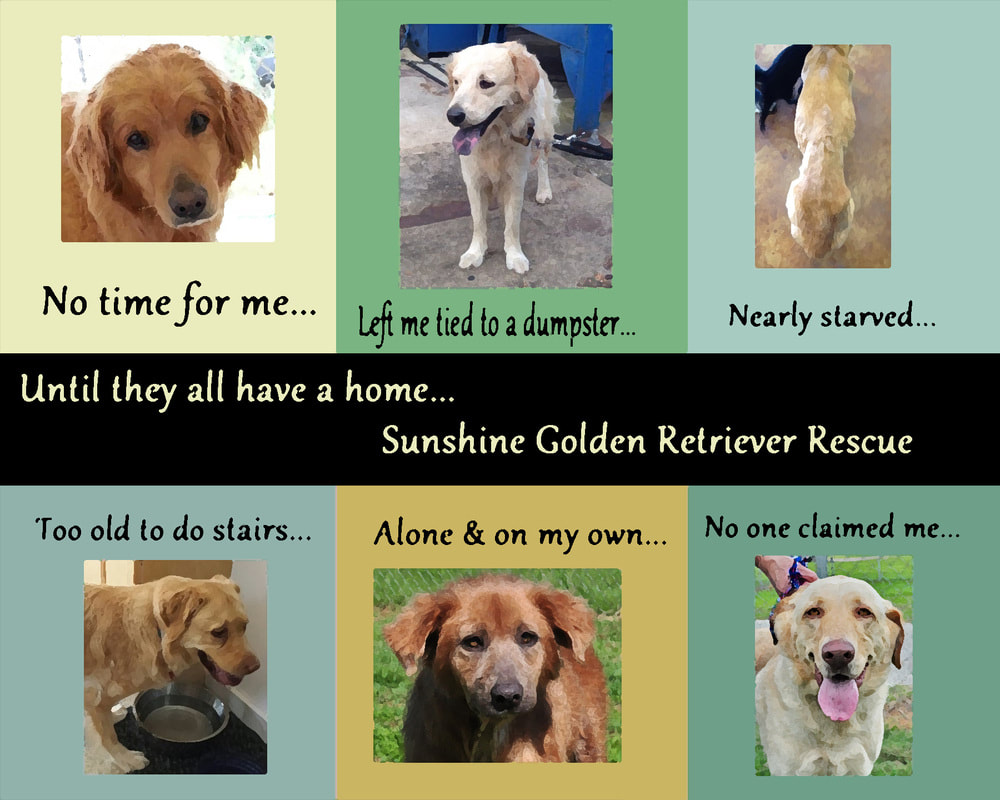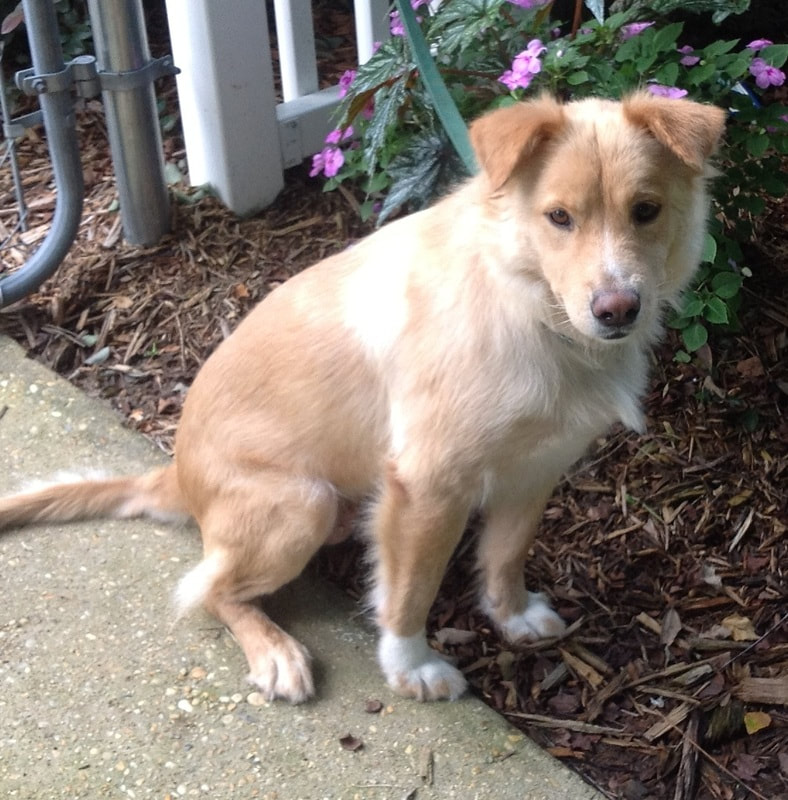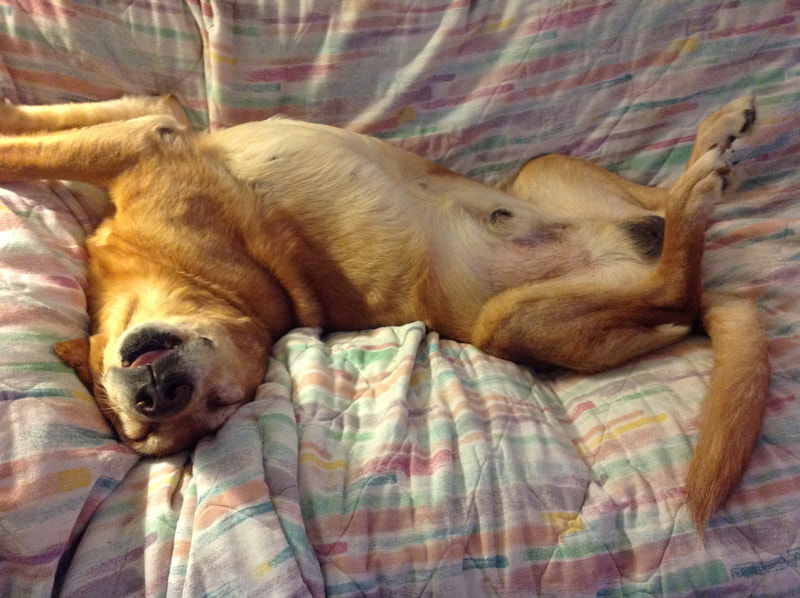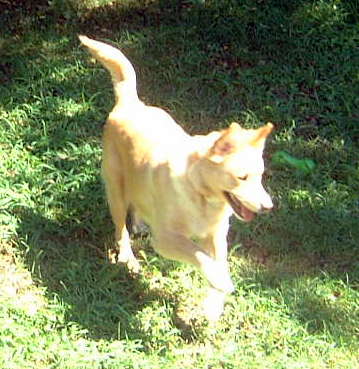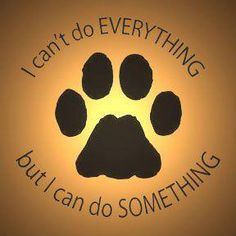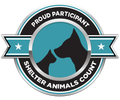
Serving CT, ME, MA, Eastern NY, NJ, NH, RI, & VT, Sunshine Golden Retriever Rescue is a 501c3 registered dog rescue group. Since 2005, the volunteers of SGRR have rescued Golden Retrievers, Golden mixes, and Golden-hearted dogs who have been abandoned, abused, or relinquished by their owners. We are dedicated to finding the best possible homes for these dogs in need.







